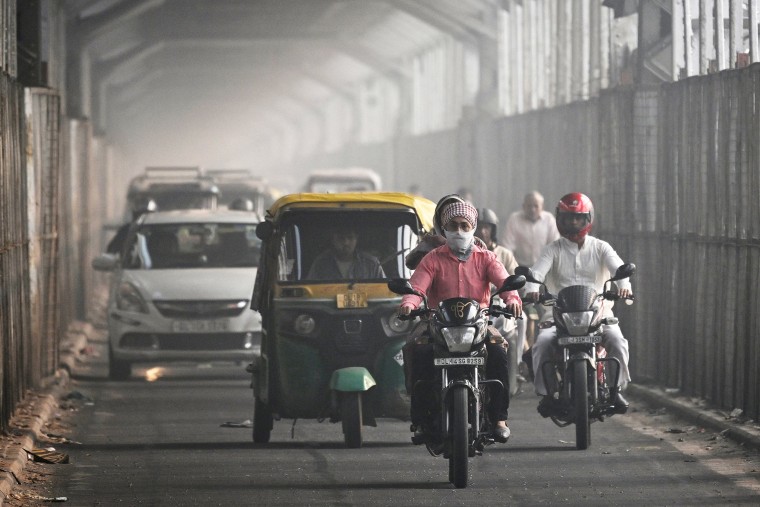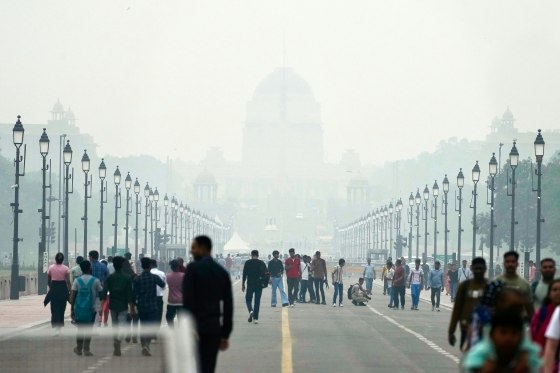Indian authorities on Tuesday carried out a cloud-seeding experiment over smog-choked New Delhi in an attempt to induce rainfall and clear the city’s toxic air, which has sparked anger among residents.
A plane sprayed chemicals into clouds over some areas of the Indian capital to encourage rain and wash pollutants from the air, which remained in the “very poor” category, according to air quality monitors.
Cloud seeding — a weather modification method that releases chemicals into clouds to trigger rain — has been used in drought-prone regions, such as the western United States and the United Arab Emirates, though experts say its effectiveness remains uncertain.
Delhi Minister Manjinder Singh Sirsa said that the trial was done in collaboration with the government’s Indian Institute of Technology Kanpur, with more planned in the coming days. He said that authorities were expecting a brief spell of rainfall in some parts of the city in the following hours.
New Delhi and its surrounding region, home to more than 30 million people, routinely rank among the world’s most polluted. India has six of the 10 most polluted cities globally, and New Delhi is the most polluted capital, according to a report from Switzerland-based air quality monitoring database IQAir earlier this year.

Air quality worsens in New Delhi every winter as farmers burn crop residue in nearby states and cooler temperatures trap the smoke, which mixes with vehicle and industrial emissions. Pollution levels often reach 20 times higher than the World Health Organization’s safe limit.
Authorities have imposed construction bans, restricted diesel generators and deployed water sprinklers and anti-smog guns to control the haze. However, critics say there needs to be a long-term solution that drastically reduces pollution itself, instead of actions that aim to mitigate the effects after it has already plagued the region.
Krishna Achuta Rao, professor at the center for atmospheric sciences at the Indian Institute of Technology, New Delhi, said that seeding clouds to reduce air pollution is ineffective, because it can dissipate pollution only for a few days after which the air quality returns to the state that it was before.
Instead, Rao said, implementing strong laws that can result in reducing emissions from all sources, including industries, vehicular pollution and construction, is the only way to clean India’s air.
“Cloud seeding is not really a cure (for pollution). The main purpose appears to be to show people that something is being done,” he said.

